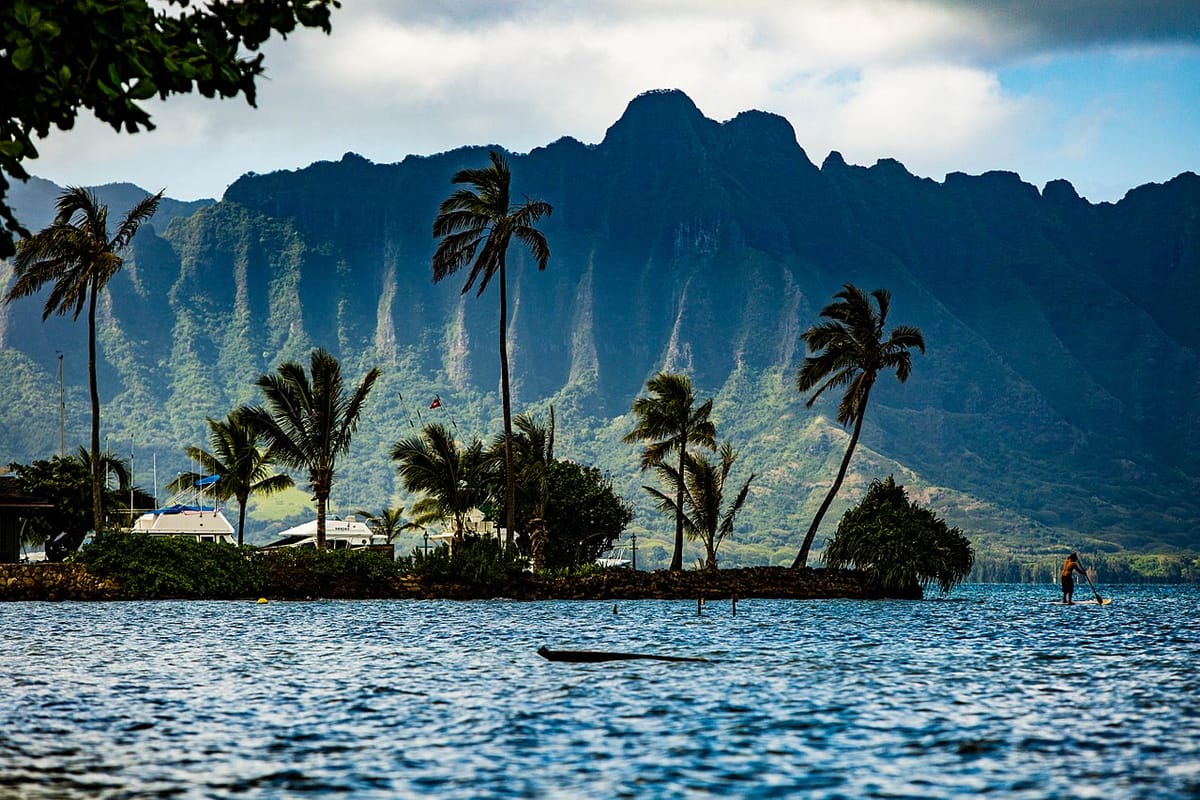Hawaii and Oregon Release Draft BEAD Proposals
Comments are due to Oregon’s broadband office on December 10, and to the University of Hawaii by December 9.
Jake Neenan

WASHINGTON, November 10, 2023 – Two more states have put drafts of their BEAD initial proposals up for public comment this week, bringing the total to 45 for volume one and 33 for volume two.
Hawaii released both volumes of its Broadband Equity, Access and Deployment initial proposal on Tuesday, followed by Oregon’s volume two on Thursday. The public comment period for Oregon’s plan is open until December 9, with the Hawaii window closing December 10.
States must submit both volumes to the National Telecommunication and Information Administration by December 27, but the agency is approving proposals submitted earlier. Virginia and Louisiana have received approval for their volume ones and are getting their challenge processes underway.
Volume one details how states will accept challenges to broadband mapping data, while volume two outlines the states process for administering grants under the $42.5 billion program.
Hawaii volume one
The University of Hawaii, rather than a state office, is overseeing the BEAD grant process in the state.
Like most of those states, the UH broadband office is adopting the NTIA’s model challenge process, a template the agency set up as guidance. Hawaii is planning to use one of the modifications laid out by the NTIA and designate homes and businesses with DSL internet as “underserved,” and thus eligible for BEAD funds, regardless of what speed they are subscribed to.
That modification is an effort to phase out old copper telephone wires in favor of the fiber-optic cable prioritized by BEAD rules. The state will also accept speed tests as evidence that a provider’s service is lower than advertised, as well as the optional area and MDU, or multiple dwelling unit, challenges laid out by the NTIA.
Under those rules, if six locations in a census block group or 10 percent of the units in an apartment building challenge the same provider’s technology or coverage, the provider must provide evidence that they serve the entire block group or building as reported in government data.
Hawaii is also intending to make some additions to the NTIA’s default list of community anchor institutions, organizations that are slated to get gigabit symmetrical speeds under the program. The UH broadband office is adding correctional facilities, job training centers, and homeless support centers to the list in an effort to get broadband to the state’s most vulnerable residents.
Hawaii volume two
In volume two of its initial proposal, the University of Hawaii declined to set outright a high cost threshold, the price at which the university will start to consider funding non-fiber technologies. In what is becoming another common approach, the university said it will use the grant applications it receives to determine which locations, if any, might need non-fiber technology to get served by the program.
The university said it plans to lay out minimum financing requirements when it requests grant proposals for the program. The NTIA changed its rules on those requirements on November 1, after pressure from advocates, broadband offices, and providers to loosen the 25 percent letter of credit rule. The agency now allows performance bonds and milestone-based reimbursement, which advocates say will let more small providers compete for BEAD funds.
Hawaii will also have to take environmental hazards into account when funding new infrastructure, the draft volume two said. It cited climate change fueled sea level rises, hurricanes, tsunamis, and volcanic activity as high risks for broadband deployments.
The university plans to administer the state’s $149 million BEAD allocation in a single funding round, but said it may conduct multiple rounds or negotiate directly with providers if necessary to serve all locations in the state.
Oregon volume two
Oregon’s broadband office is also planning to set a high-cost threshold after receiving all grant applications, and may decline to set one at all, it said in the state’s volume two.
The state will also negotiate with providers if not all unserved and underserved locations receive a grant application. It may also conduct multiple funding rounds in that case, something state offices have flagged as being a heavy lift given the NTIA’s one year timeframe.
The letter of credit language in Oregon’s volume two was written before the NTIA changed its guidance on the issue, the state’s broadband office wrote. It is seeking comment on how to address the updated guidance.








